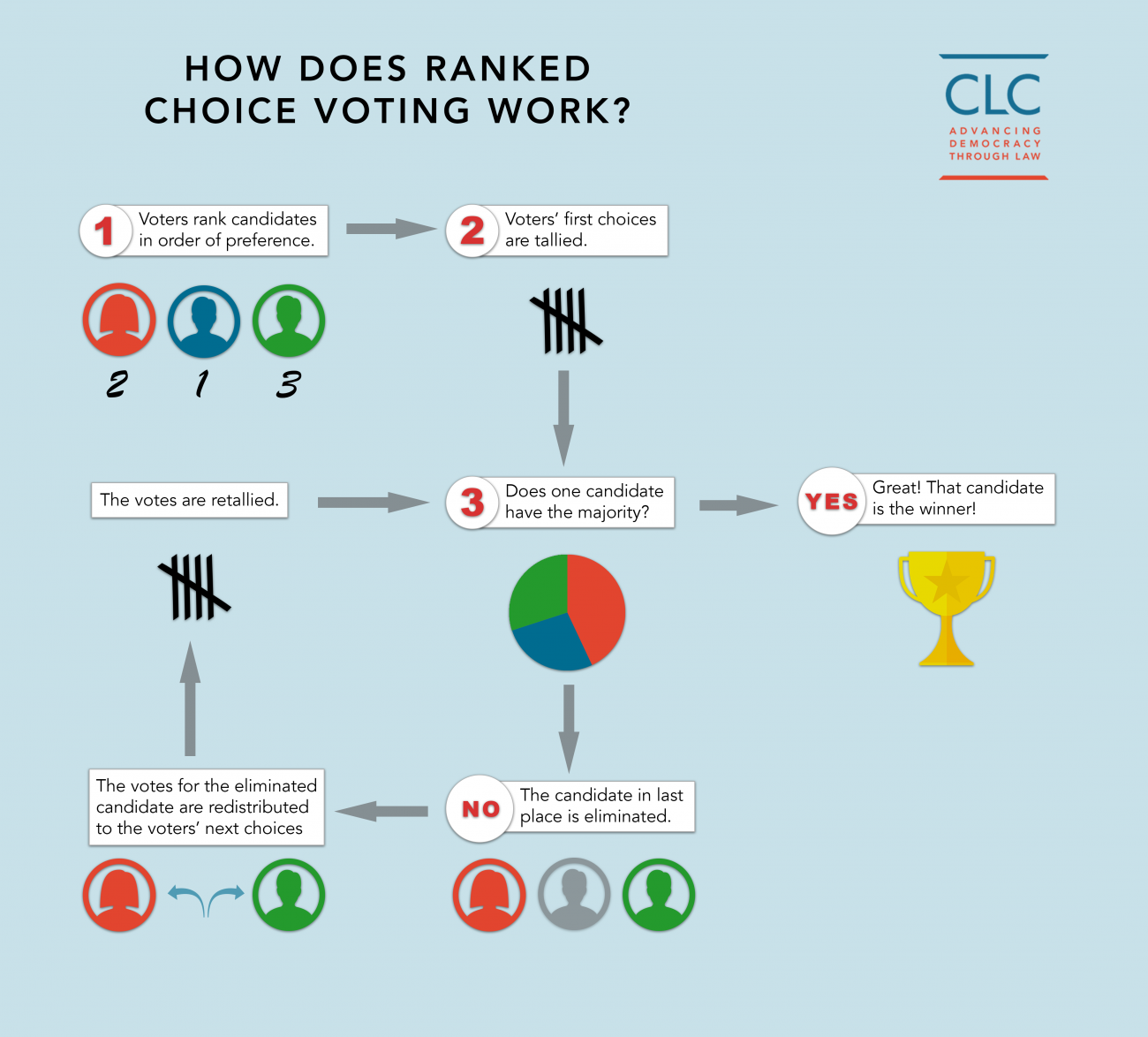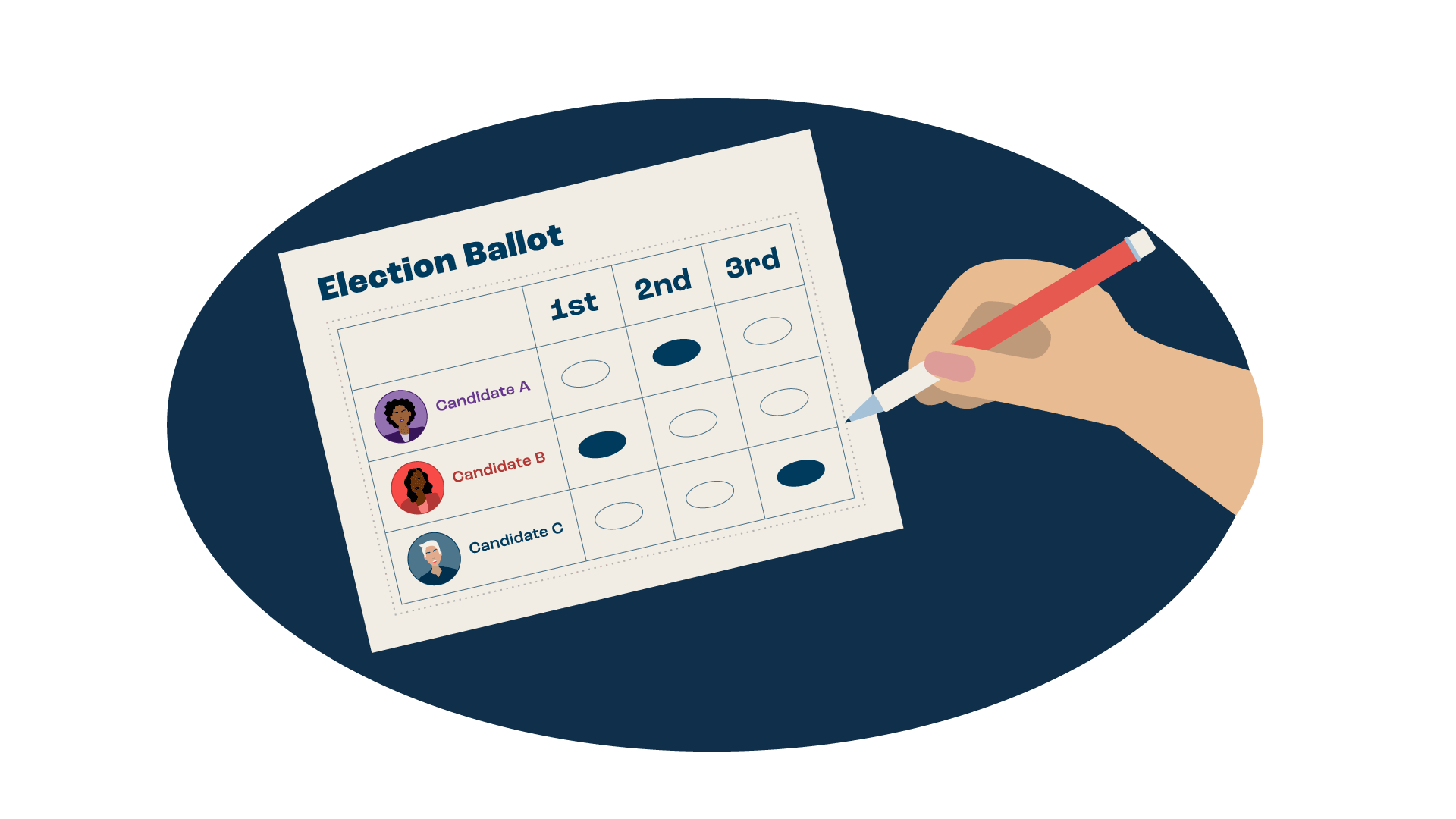Understanding Ranked Choice Voting: Current Developments and Insights
Ranked Choice Voting (RCV) has emerged as a significant topic in the political landscape, especially as various states and jurisdictions consider its implementation or repeal. This voting system allows voters to rank candidates in order of preference rather than selecting just one. This method aims to ensure that elected officials have broader support among the electorate, potentially reducing the need for runoff elections.
Recent Developments in Ranked Choice Voting
Colorado's Setback
In a surprising turn of events, Colorado voters recently rejected a ranked choice voting measure. This decision came as a disappointment to proponents who had invested heavily in the campaign. The proposed measure aimed to allow voters to rank their preferences in party primaries, with the top candidates advancing to a general election where RCV would be utilized. The defeat in Colorado highlights the challenges faced by advocates of RCV, even in states that have shown interest in electoral reform. Read more here.
Illinois' Advisory Referendum
In Illinois, an advisory referendum was presented to voters in Peoria Township regarding the implementation of ranked choice voting in statewide elections. The results indicated a favorable response from the electorate, suggesting a growing interest in RCV as a viable option for future elections. This advisory measure, while not binding, reflects a shift in public sentiment towards more inclusive voting practices. Learn more about the Illinois results.
Missouri's Ban on RCV
Conversely, Missouri voters approved a constitutional amendment that bans ranked choice voting. This decision marks Missouri as the 11th state to prohibit RCV, reflecting a significant pushback against the system. The amendment was passed by a substantial margin, indicating a strong preference among voters for traditional voting methods. Details on Missouri's decision can be found here.
Alaska's Ongoing Debate
In Alaska, the conversation around ranked choice voting continues to evolve. Following the implementation of RCV in 2022, there is now a movement to repeal the system. Early election results suggest that the repeal measure is trailing slightly, indicating a contentious debate among voters about the effectiveness and fairness of RCV. Read more about Alaska's situation.

What is Ranked Choice Voting?
Ranked Choice Voting allows voters to rank candidates in order of preference. If no candidate receives a majority of first-choice votes, the candidate with the fewest votes is eliminated, and their votes are redistributed to the remaining candidates based on the voters' next preferences. This process continues until a candidate achieves a majority.
Benefits of RCV
- Broadens Voter Choice: Voters can express their preferences without fear of "wasting" their vote on a less popular candidate.
- Encourages Positive Campaigning: Candidates are incentivized to appeal to a broader audience, as they may need to gain second or third-choice votes.
- Reduces Polarization: By allowing voters to rank candidates, RCV can lead to the election of candidates who have wider appeal across the political spectrum.
Criticisms of RCV
- Complexity: Critics argue that RCV can be confusing for voters, leading to potential errors in ballot completion.
- Implementation Challenges: Transitioning to RCV requires changes in voting infrastructure and education for voters, which can be costly and time-consuming.
- Potential for Strategic Voting: Some voters may still engage in strategic voting, attempting to predict the outcome and adjust their rankings accordingly.
The Future of Ranked Choice Voting
As the 2024 elections approach, the discussion around ranked choice voting is likely to intensify. With several states considering its implementation or repeal, the outcomes of these measures will significantly impact the future of electoral processes in the United States.
Key States to Watch
- Colorado: Following the recent defeat of RCV measures, the state will be a focal point for understanding voter sentiment towards electoral reform.
- Illinois: The advisory referendum's positive reception could pave the way for future legislative efforts to adopt RCV statewide.
- Missouri: The ban on RCV may influence other states considering similar measures, showcasing the divide in public opinion on voting systems.

Ranked choice voting represents a transformative approach to elections, aiming to enhance voter engagement and ensure that elected officials reflect the preferences of a broader electorate. However, as recent developments in various states illustrate, the path to widespread adoption is fraught with challenges and opposition. The ongoing debates and outcomes of upcoming elections will be crucial in determining whether RCV becomes a standard practice in American democracy or remains a contentious issue.
For more information on ranked choice voting and its implications, you can explore the following resources:
As the political landscape continues to evolve, staying informed about these changes is essential for understanding the future of voting in the United States.





